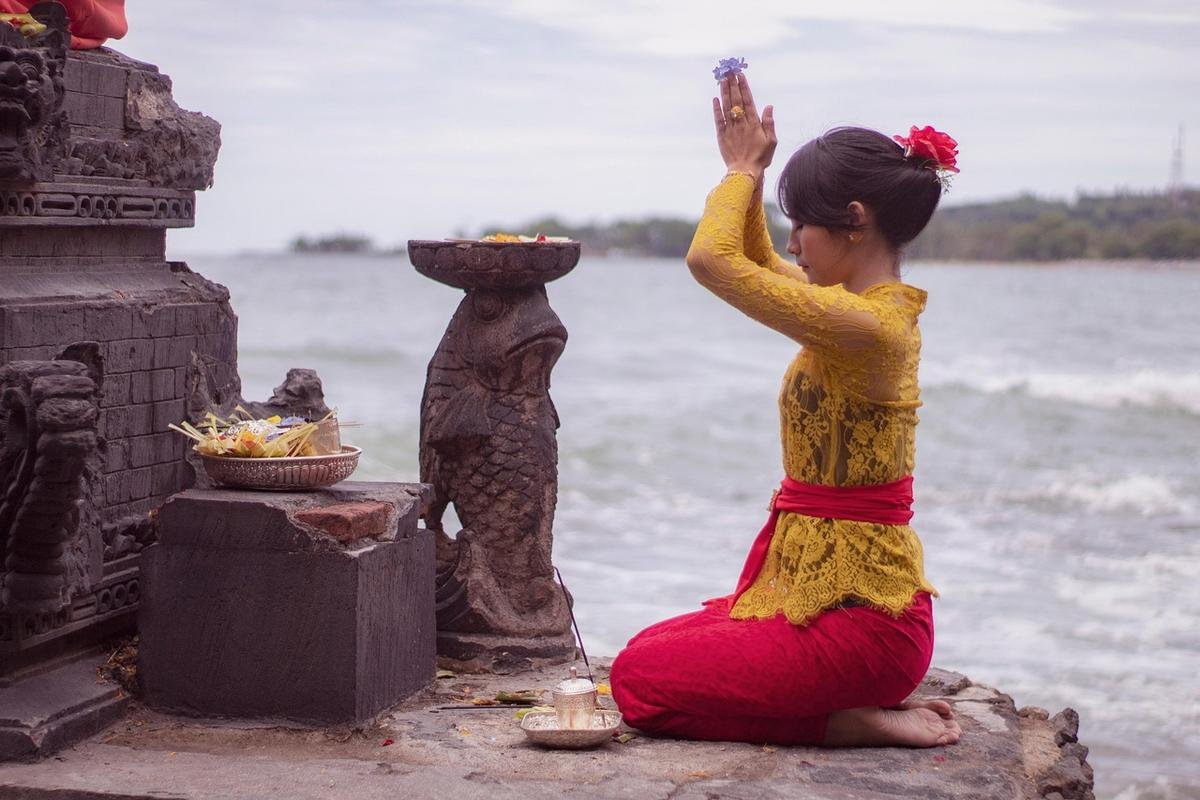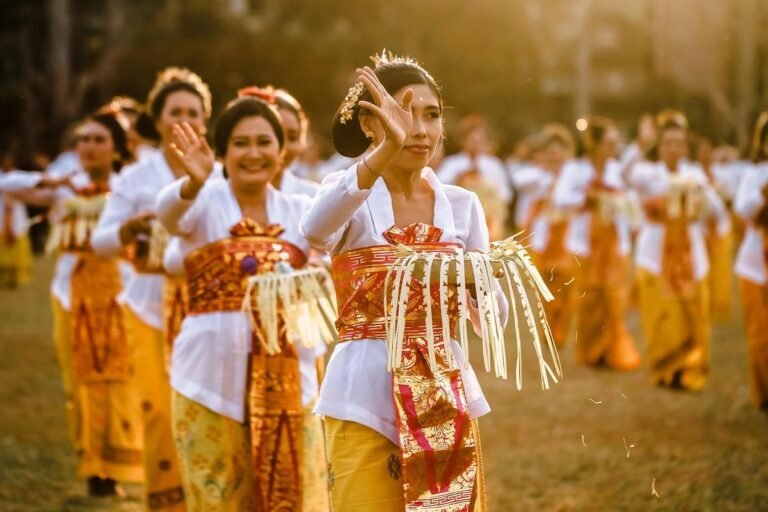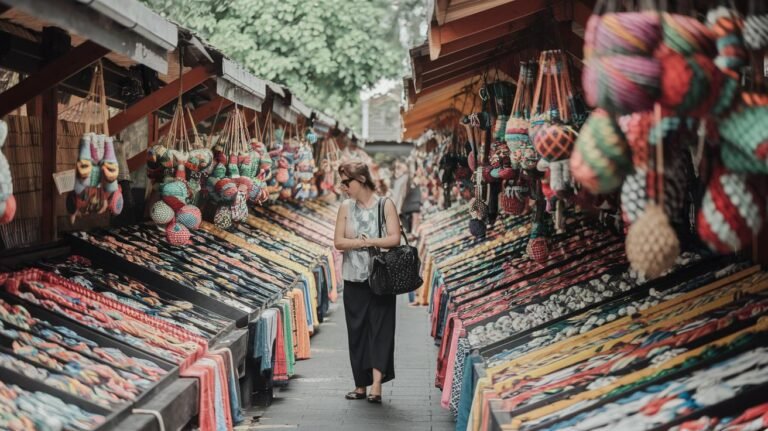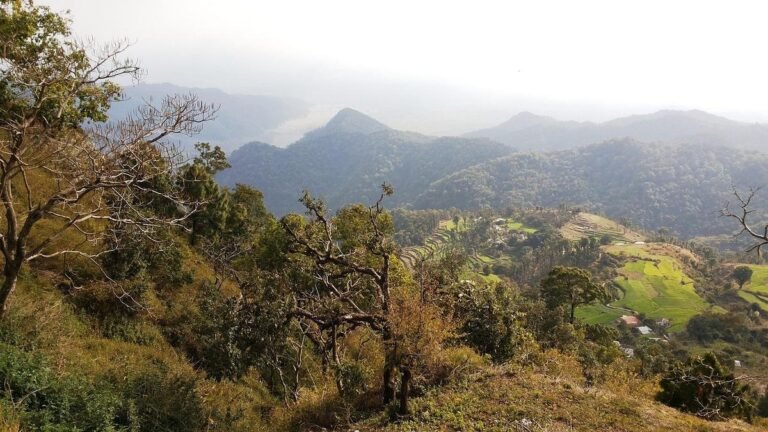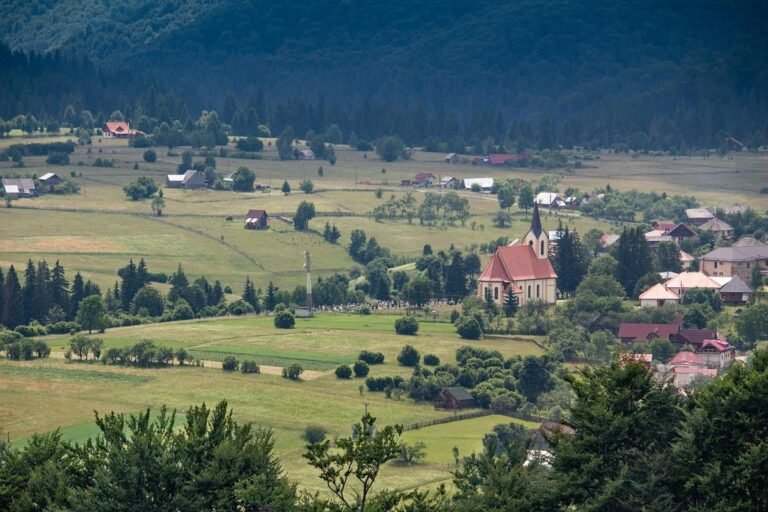Bali’s Ancient Puri Ageng Blahbatuh Shields Centuries-Old Ceremonies From Globalization
Tucked in the hills of Bali, Puri Ageng Blahbatuh stands as the island’s oldest palace and commands a profound place in local life. Dating back centuries, this puri continues to serve as home to royal descendants and as a lively hub for cultural expression, artistic practice, spiritual rituals, and ancestral traditions. Its role in safeguarding the original spirit of Balinese heritage grows more crucial as communities face the influences of modernization and global change. As one of the earliest centers of power on Bali, it has shaped customs across villages and remains a reference point for local rulers and spiritual guides.
Main Gate of Puri Ageng Blahbatuh (Private Collection)
Serving as a guardian of centuries-old custom, Puri Ageng Blahbatuh hosts a calendar of Hindu observances that shape community life. Galungan festival and its closing holiday Kuningan draw families who present offerings to ancestral spirits. Wedding rites take place here alongside dignified ngaben cremations, each conducted by priests and palace elders following precise ceremonial steps passed down over generations. Along with ritual practice, the puri keeps a collection of ritual objects and sacred heirlooms passed from one lineage to the next, artifacts that carry deep historical and spiritual resonance. The puri functions as a classroom for aspiring performers, with instructors leading workshops in traditional movement techniques and gamelan music. Students study the fluid movements of Legong and the spirited Barong Blahbatuh drama, which symbolizes the struggle between good and evil and remains a source of identity for the people of Blahbatuh. These events draw not only locals but students and visitors keen to learn Balinese heritage in its purest form.
Area for Traditional and Artistic Facilities (Private Collection)
As a gathering site for community and religious leaders, Puri Ageng Blahbatuh anchors key spiritual ceremonies that reinforce the balance between humans, the divine, and the natural world. During each observance, devotees arrange canang sari offerings of flowers, fruit, and incense, and priests chant mantras to honor deities and ancestors. Noble family members join elders in guiding participants through every detail, ensuring traditions remain clear and meaningful. With a calendar of ceremonies running year-round, the palace provides a source of spiritual support that helps local families face changing circumstances without losing touch with long-held beliefs.
Image of the Puri Ageng Blahbatuh Marker (Private Collection)
Every element of Puri Ageng Blahbatuh’s architecture reflects traditional Balinese principles embedding religious and philosophical meaning. Stone steps lead through towering gates into a sequence of open-air courtyards, each defined by low walls and carved stone markers. Balé pavilions with thatched roofs rest on raised platforms, their wooden beams decorated with painted motifs of lotus flowers and mythical creatures. The overall arrangement follows an order that mirrors the cosmos: shapes and ornaments align to channel positive energy, maintain harmony among inhabitants, and honor unseen forces. As the sun moves across the sky, changing light highlights relief carvings that narrate legends and reinforce the palace’s spiritual role.
The entrance to the residence of royal descendants (Private Collection)
With its centuries-old presence and enduring influence, Puri Ageng Blahbatuh acts as a guardian of Bali’s cultural heritage. By maintaining time-honored rituals, supporting performing arts programs, offering spiritual guidance, and teaching traditional customs through community workshops, it keeps Balinese traditions alive and meaningful. Members of the royal family and local leaders welcome visitors, scholars, and students who seek to learn about ritual protocols and artistic techniques. This palace remains a cornerstone in preserving identity and helping future generations carry forward a proud cultural legacy.

